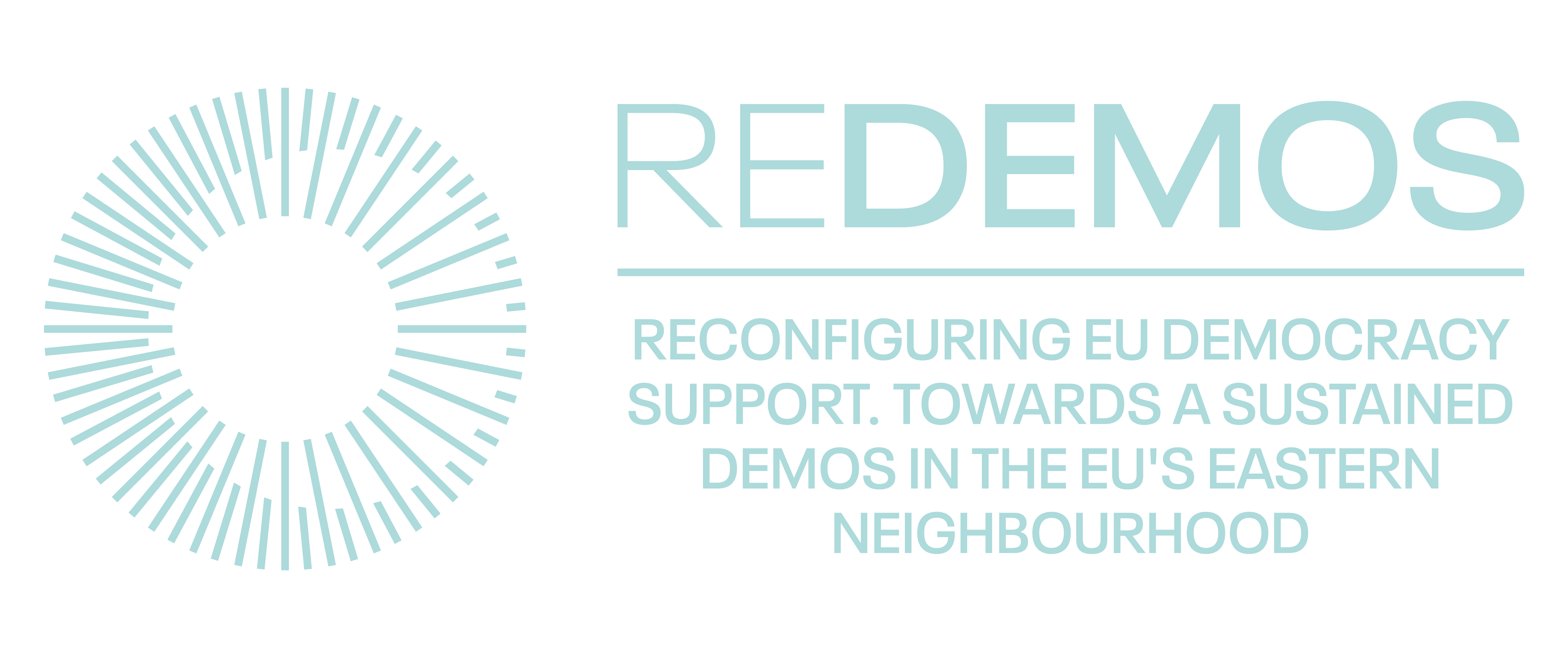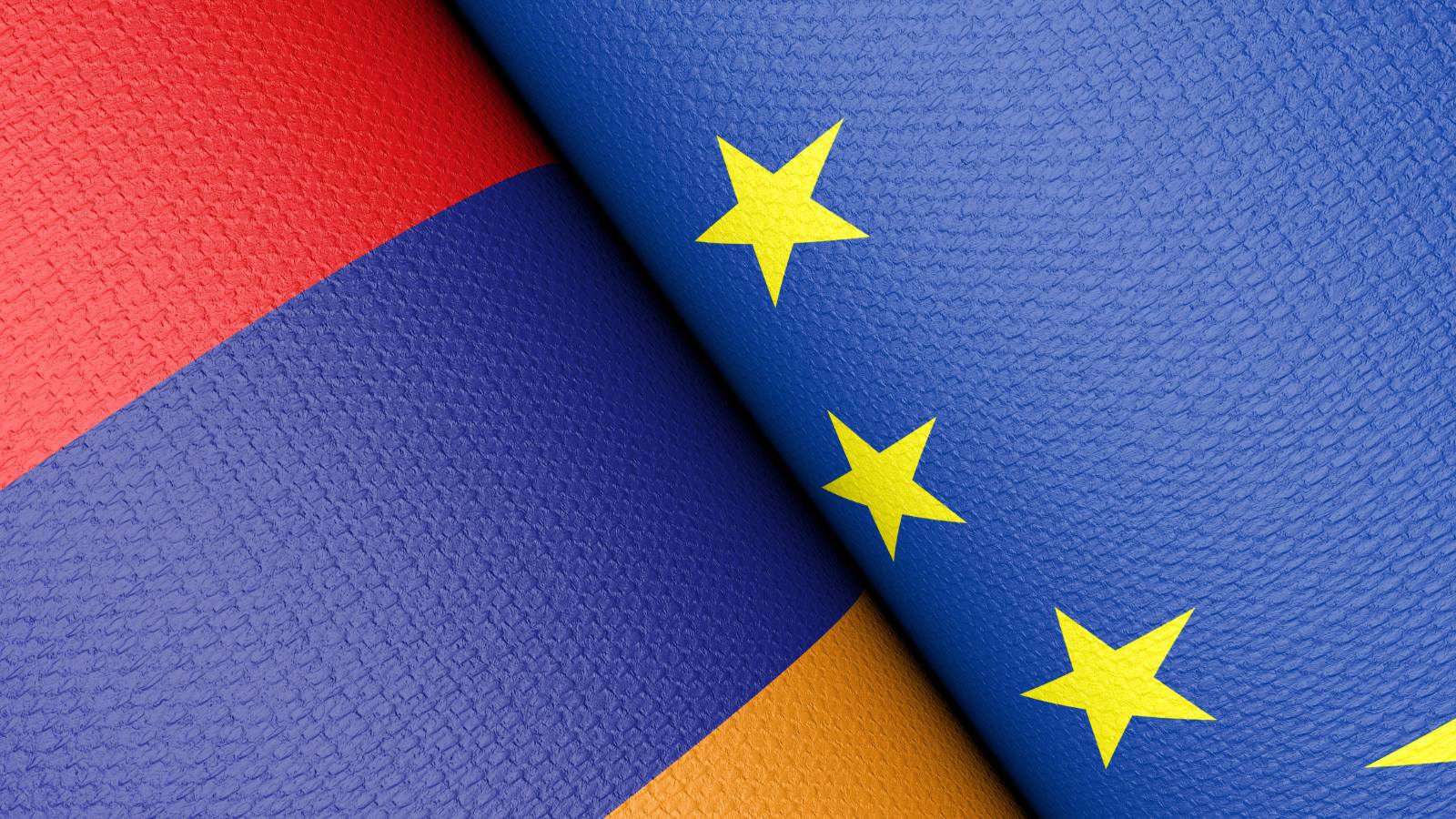By Valentin Luntumbue & Laura Luciani
In March 2024, Azerbaijani President Ilham Aliyev chose to celebrate the new year holiday of Nowruz in the deserted city of Khankendi, known to the Armenians as Stepanakert, in disputed Nagorno-Karabakh. Until the end of 2023, the city had been the capital of the de facto Republic of Artsakh, an entity that had broken away from Azerbaijan proper with the support of Armenia in the 1990s and was reintegrated after three decades of war in one last lightning operation last September. Fearing ethnic cleansing, the region’s Armenian population of over 100,000 left in a hurry, finding refuge in Armenia proper. After lighting the traditional bonfire on Stepanakert’s central square, Aliyev delivered an impassioned speech that touched upon the demolition of the former Artsakh republic’s parliament building. The scene took an eerie turn as it transitioned into a wider shot, showing Aliyev alone in the middle of the empty city centre. Azerbaijani IDPs forced to leave their homes more than thirty years ago were not always in a hurry to come back and make up for the sudden departure of the Karabakh Armenians. It felt as if Aliyev was the only one in town that day.
The ethnic cleansing of Nagorno-Karabakh Armenians and the still ongoing border crisis between Armenia and Azerbaijan seemed to enjoy very little international attention and even less international condemnation – especially from the West. A feeling has set, in Armenian society, that the country has been ‘punished’ for its security partnership with Russia. This sentiment finds some credence in EU capitals, where Armenia is often short-handedly described as pro-Russian, and its current rapprochement efforts with Western actors seen as a penitent state quickly jumping ship. This simplistic understanding of Armenia’s foreign policy trajectory along EU-Russia dichotomies obfuscates local nuances and the very concrete impact international politics can have on populations caught in-between geopolitical rivalries.
Russia’s support was instrumental in contributing to Armenian victory over Azerbaijan in the 1990s, and in mediating an often-broken truce between the two warring Caucasus nations. However, this security partnership has meant very little for Armenia in the last couple of years, and especially since Russia’s full-scale invasion of Ukraine. Russian peacekeepers have been unhelpful in lifting the nine months blockade of Nagorno-Karabakh in 2022-2023. Neither did they prevent Stepanakert’s military takeover in September 2023, either for lack of capacity or to avoid alienating Azerbaijan’s chief ally, Turkey, an important broker in the Russia-Ukraine war. On the other hand, Azerbaijan has been enjoying a relatively comfortable negotiating position thanks to its vast hydrocarbon resources and stakes in ambitious connectivity projects, at a time when Russia has alienated most of its neighbours to the West. In 2022, Azerbaijan signed an energy strategic partnership deal with the EU and has been able to leverage its strong diplomatic position vis-à-vis Russia to get free rein in the conflict.
This turn of events vindicated scholarly concerns of potential geopolitical polarisation of the Armenian-Azerbaijani conflict following the Russian invasion of Ukraine: as such, the fate of Nagorno-Karabakh civilians would play second fiddle to strategic concerns related to West-Russia competition in the South Caucasus, with Armenia formally positioned in the ‘wrong’ camp.
A geopolitical reading of a one-sidedly ‘pro-Russian’ Armenia is obviously erroneous. As a small, landlocked country with limited resources, in conflictual relations with two of its four neighbours, Armenia has mostly pursued a pragmatic foreign policy. Its elites, keen on ensuring the survival of the state and their own, must make the most of it. In the last two decades, that had meant choosing Russia as a primary security-provider, while picking and choosing sectorial integration with the EU to deliver some limited economic welfare to its population and alleviate poverty. Armenia even managed to secure significant opt-outs from the Russia-led Eurasian Economic Union to deepen its integration with the EU through a Comprehensive and Enhanced Partnership Agreement (CEPA) in 2017. In a reshaped regional context, where Russia hasn’t delivered on its security promises, Armenia is looking at diversifying its suppliers.
A window of opportunity for further deepening EU-Armenia relations opened with the 2018 Velvet Revolution and ousting of President Serzh Sargsyan after a 10-year long rule. Just like his predecessor Robert Kocharyan, Sargsyan was part of the so-called ‘Karabakh Clan’, a clientelist network of politicians and oligarchs with close ties to Nagorno-Karabakh – be they economic, political or affective. Sargsyan and his entourage benefited from the exploitation of Karabakh’s mineral resources and used it to stir up nationalist sentiment and suppress alternative views. The permanent state of insecurity restricted Armenian politics, reinforcing Sargsyan’s Republican Party’s position. There was a bargain to be struck: democracy had to be managed for the sake of security. With its ruling elite’s fate bound to that of Karabakh, Armenia’s security partnership with Russia was the result of down-to-earth concerns rather than grand strategic games. With the reality on the ground shifting by the late 2010s, these concerns shifted along.
The 2018 Revolution brought to power Nikol Pashinyan and a different section of Armenia’s elite, championing different values and a different relation to Nagorno-Karabakh. Pashinyan and his government embody one of two visions of Armenia that have dominated the independence period: one that is defined by the country’s de jure borders and envisions a more democratic society inspired by that of Western European states. This paradigm is distinct from that of Sargsyan and predecessors, based on a wider ethnic space encompassing both Armenia and Nagorno-Karabakh and dependent on maintaining friendly relations with Russia. Post-2018, Armenia’s government embraced the former, committing to a policy of rapprochement with the EU and the final ratification of the CEPA. Soon, the EU overtook Russia as Armenia’s largest trade partner. However, Russia still owns key stakes in Armenia’s economy and remains a major source of remittances.
Two years after the Revolution, Armenia’s decisive defeat in the last large flare-up of the Nagorno-Karabakh conflict in 2020 and Russia’s inability or unwillingness to fulfil its peacekeeping role in its aftermath accelerated the shift in Armenia’s foreign policy. The rapid deployment of an EU monitoring mission to Armenia in 2022, the signing of defence agreements with France (a country that houses the world’s third largest Armenian diaspora community) and Greece in 2023, followed by the Armenian government’s official request that Russian border guards leave Yerevan’s Zvartnots Airport, where they had been present since the 1990s, may look like a swift upset westward. In reality, Armenia’s efforts to diversify its security partnerships are the endpoint of a longer trajectory: that of a pragmatic actor concerned with survival in a challenging neighbourhood, which had long been on cordial terms with European counterparts.
Branding Armenia solely as ‘pro-Russian’ or ‘pro-European’ misses the forest for the trees. This geopolitical reading sacrifices a more nuanced understanding of the small Caucasian state, while Armenia’s population – including the many refugees from Karabakh whose future remains uncertain – pays the price of great power politics. Even from a vulnerable position, Pashinyan’s government is still trying to constructively negotiate peace with Azerbaijan, while balancing their foreign policy in a way that might endanger relations with Russia. Armenia’s other international partners might want to take a page out of its book. Despite the many threats facing the country today, there might be something to learn from its will to engage and make the most out of a challenging environment.
Valentin Luntumbue is a doctoral researcher at the Norwegian University of Science and Technology (NTNU) in Trondheim, Norway. His research focuses on EU democracy promotion in the eastern neighbourhood, as part of the Horizon Europe project REDEMOS.
Laura Luciani is a postdoctoral researcher at Ghent University in Belgium. Her research explores the politics of democratisation, gender and development in the South Caucasus, in the context of the EU’s neighbourhood policies. She is also an investigator within the Horizon Europe project EMBRACE.


